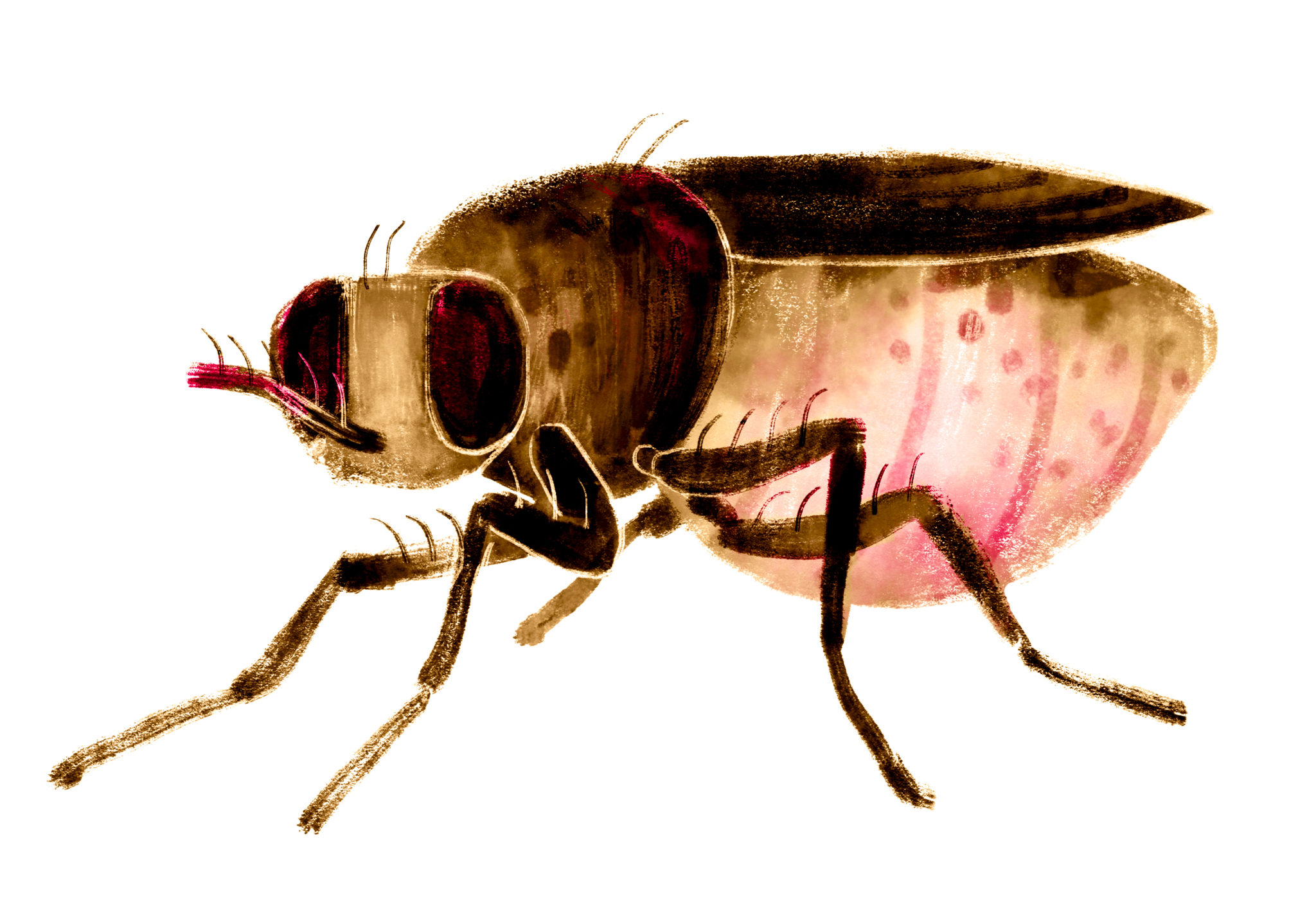
A recent study from the Aksoy Lab at the Yale School of Public Health seeks to identify ways to mitigate the negative effects of tsetse flies, a particularly nasty bug species.
The study, published on April 3 in the scientific journal PLOS Pathogens, analyzes the role of tsetse flies, a type of insect that transmits salivary gland infections that affect the mouth’s ability to close and can result in chills in those it bites. The researchers found that the parasite hosted by the tsetse fly thrives by compromising the lining of the tsetse fly’s gut. Enhancing the ability of this membrane, called the peritrophic matrix, could limit the transmission of the disease.
Brian Weiss, a co-author of the study and a research scientist at the Yale School of Public Health, explained that the peritrophic matrix is “not a living tissue.”
“It’s a matrix,” he said. “And it’s kind of a sleeve that lines the whole insect’s gut. The gut is just a tube, basically, and then there is the sheathe-like peritrophic matrix that lines the whole thing.”
Every insect known to scientists has the membrane, which regulates the movement of digestive enzymes, blocks pathogens and provides mechanical protection to the epithelium, Weiss said. The epithelium is the thin layer that lines the outer surfaces of organs and blood vessels — the outermost layer of human skin is an example of an epithelium.
The tsetse fly is a disease vector, or carrier, of the parasite. It transmits salivary gland infections when it bites people. This infection is categorized by the World Health Organization as a type of neglected tropical disease, a form of disease that generally affects lesser developed areas, does not get much scientific attention and lacks financial resources for research, said Serap Aksoy, the lab’s principal investigator and a professor of epidemiology at the Yale School of Public Health.
According to lead author Aurelien Vigneron, a postdoctoral associate in the Aksoy Lab, the main issue in controlling the spread of infection is that vaccines have not yet been developed to inoculate against the parasite in the tsetse fly. Vigneron said that strengthening the peritrophic matrix could provide an option other than “burning all the tsetse flies.”
“If you can enhance the fly to naturally block the parasite and not transmit it, you don’t really care if the flies are still existing,” Vigneron said. “If they don’t transmit the parasite, that’s good. And that’s why we want to know what in flies can naturally block the parasite and how we can enhance this mechanism.”
Vigneron’s research began in 2015. Aksoy noted that the lab has been interested in tsetse flies for many years.
“We are what is known as a vector biology lab,” Aksoy said. “We’re interested in insects that transmit disease agents. We are particularly interested in the fly called the tsetse fly that transmits the parasite known as the African trypanosome. The disease is deadly in humans and animals. So over the years, we’ve been working on various aspects of this fly to interrupt its ability to transmit the parasite.”
In the lab’s studies, researchers have analyzed the genome sequence of the tsetse fly, the fly’s parasite transmission mechanism, the fly’s odd reproductive system and certain bacterial microbes found in the fly. The lab often carries out field work in Africa, the region that tsetse flies inhabit, to test lab results against empirical data.
Although the scientific process went smoothly, Vigneron said, the team’s greatest difficulty was sifting through all the data.
“We had a lot of data mining,” Vigneron said. “We had a lot of genes and a lot of methods which involved bioinformatic skills to narrow down some other things. That was the main delay. It was finding out and giving sense to all this data.”
This study has shown that the parasite is able to enter the tsetse fly through the peritrophic matrix. Aksoy said researchers in the lab will now work on understanding how the transmission process occurs.
“The mechanistic basis of how the parasite is achieving the transmission will be the next paper that we will likely publish,” Aksoy said.
Tsetse flies reproduce at a rapid pace: A single fly will reproduce four generations of flies per year and 31 generations in its lifetime.
Nick Tabio | nick.tabio@yale.edu







